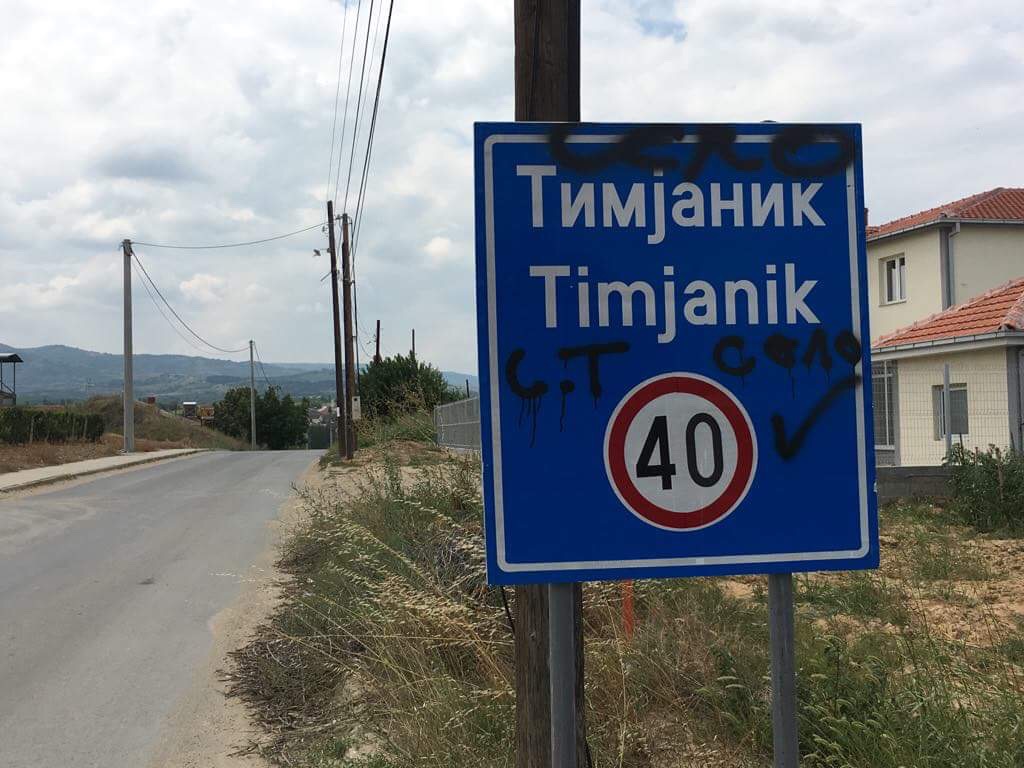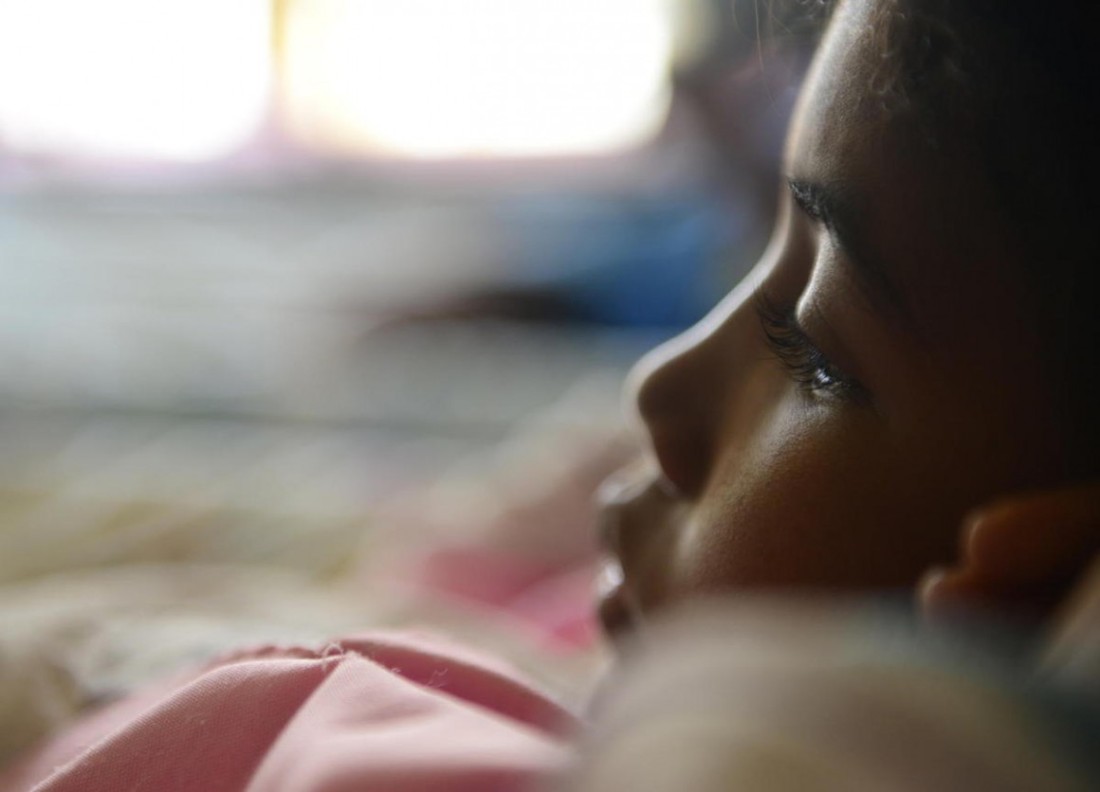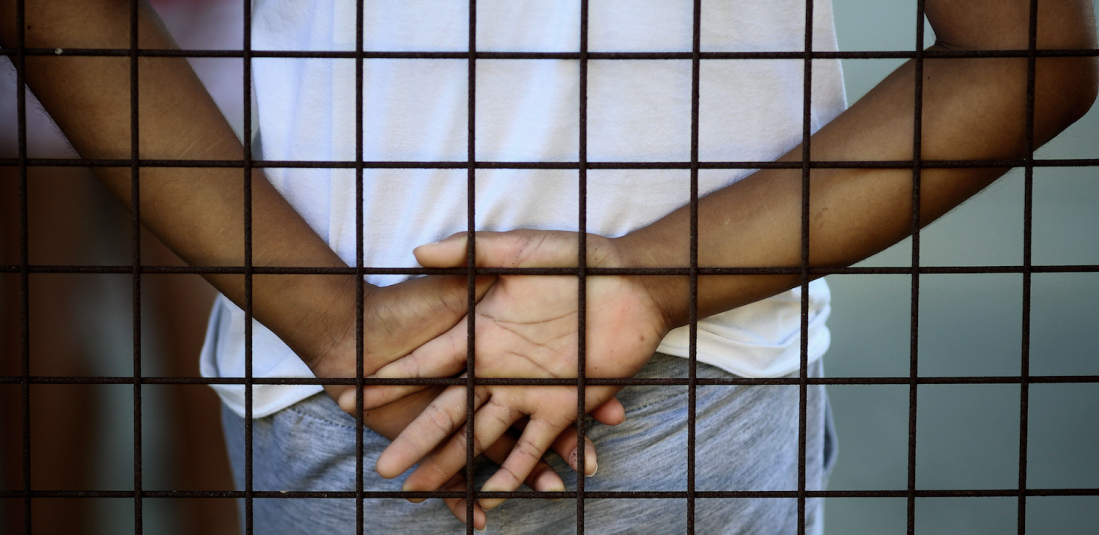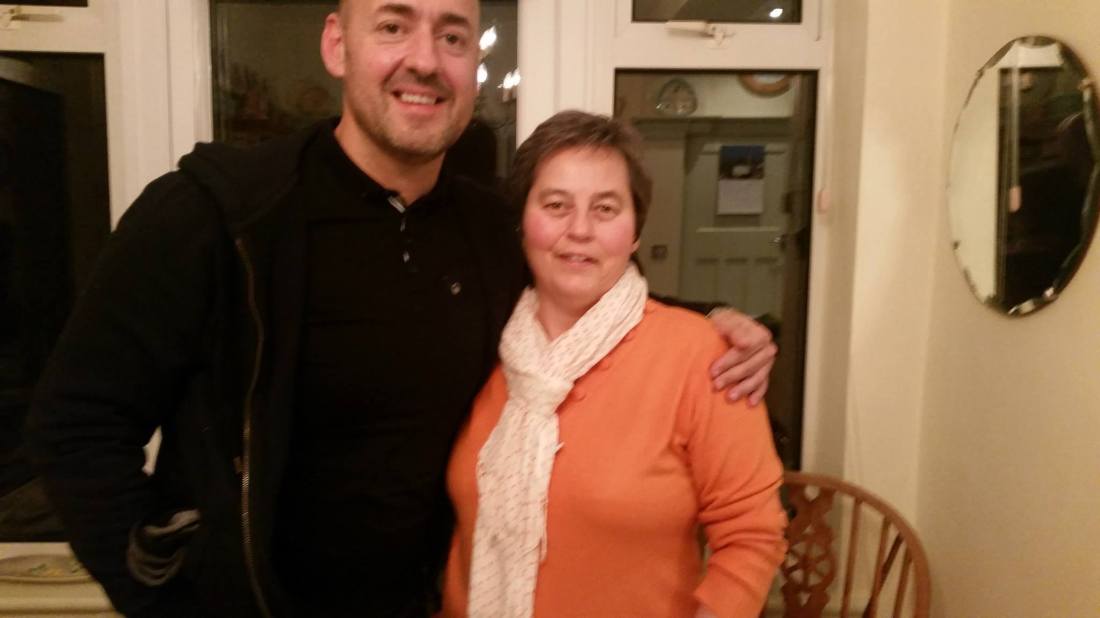I will never forget Antonio. His abandonment and isolation was so complete, nobody knew how old he was. We guessed 8 or 9. He lay in a cot, lifeless and listless in a dark corner. The lack of animation wasn’t an outcome of severe disability and blindness but of extreme neglect. The institution “housed” around 150 adults and children. It wreaked of human waste and human disregard.
I gently brushed my index finger against his palm and he responded with a tight grip as his face broke into a toothless smile. His entire life had been lived adrift from love, attention or even basic human acknowledgment .
Antonio was one of many children who inspired a campaign to end placement of children in large scale institutions in North Macedonia. Children like Antonio could be cared for within family settings in foster care or small group homes providing family-based care, connection and stimulation in community settings.
The plan was knocked off script when locals in the town of Timjanik protested a mayor’s request to accommodate a small group home . When we travelled to Timjanik, along with the minister of social welfare, to find out why, we were confronted with a three hour volley of abuse and hostility from several hundred protesters. There was violence in the air. People watching this back in the capital on live news were horrified. Urban influencers began lambasting the protesters as primitive, callous and hillbilly.
But we listened carefully to the protesters. Timjanik was a small town in decline. It could have been in Oklahoma or South Yorkshire. Locals had once been been dependent on industry and agriculture. Abandoned plant a forlorn testimony to that loss. For generations their income and opportunities had been on a modest, upward trajectory. They feared their children would have a more precarious future and a lower quality of life than the one they had enjoyed. Their list of unfulfilled promises was longer and more depressing than a Radiohead song: unfixed roads, collapsing schools and no pre-school. They longed for a voice for their plight , alongside all the campaigns that came from the capital for migrants, sexual minorities and people with disability. Like Antonio, in their own way, they felt abandoned.
But why did these two different forms of deprivation and abandonment compete with each other? Besides humanitarian crisis, there are three catastrophic burdens in childhood that drive lifelong inequality:
- Discrimination or Exclusion based on race, gender or disability for example. It creates barriers that exclude one from opportunities, justice and often the basic safety that others take for granted.
- Income Poverty through a lack of the basic means to survive, thrive and access opportunities to reach one’s potential.
- Emotional Poverty through the absence of the basic nurturing and protective parental relationships due to violence, neglect or other forms of dysfunctional parenting (also known as childhood adversity). This is often transmitted inter-generationally and unintentionally.
If you look at Black Lives Matter, Hillbilly Ellergy and Good Will Hunting through the lens of identity, they seem so different to each other. When we look at them through the lens of fairness and dignity for all, they seem the same. It feels like we lost a sense of ourselves as a whole, we are looking for the differences and barriers. This fragmentation polarises us into differing sides in a counter-productive culture war.
People in places like Timjanik perceive human rights champions as selective. But human rights are supposed to be universal. Those living with rural and town poverty feel politically and economically abandoned. They get the bum deal in a painful transition from an industrial to a knowledge economy. This transition has concentrated opportunity in large cities at the expense of everywhere else. Human rights champions scratch their heads as populists have hoovered up support away from these knowledge economy hubs . Despite the best intentions, we human rights proponents bear some responsibility for the growth in populism and polarisation
At an unrelated press conference the day after our visit, a journalist asked the Minister and I about Timjanik. We were expected to echo public condemnation of the protesters behaviour. Instead we articulated their local grievances with empathy and said we understood why they protested though did not agree with them.
Within two hours our inboxes were flowing with warm messages from Timjanik. They had never expected to be listened to or for their story to be relayed across news channels. They needed to be acknowledged and heard. To understand that we think they matter too. From a collective refusal to host the small group home just 24 hours prior, it was now back on.
From that moment on, we numerically balanced our public facing advocacy. We gave equal attention to the situation of the overall population and to those living with one or more of the three catastrophic burdens . If we did a public event on exclusion of Roma minority or children with disability one month, we made sure we also had an event on poverty or a population-wide issue like education or health the next. This struck us as fair, just and effective and rebuilt public ownership of human rights as a universal principle.
A few weeks after the protest, the government agreed a strategy to transfer all children out of large scale institutions through family re-unification, foster care and small group homes. The strategy “Timjanik” in testimony to what we had all learnt from those events.
On October 15th last year, the last remaining children were removed from large scale institutions. The situation has improved for children in state care in North Macedonia, but there is still so much to do to prevent exclusion, poverty and adversity in the lives of children the world over. We can only do this when everyone finds their place in a shared story of universal,and not selective, human rights. We need to “re-universalize” our human rights story.
And the child in the story? Antonio is out of the cot, living in a small group home with adequate care and stimulation and for the first time in his life, he is enrolled in school. Today in Timjanik, the locals visit with cakes and play with the children at the small group home. Just ordinary people in an ordinary place with the extraordinary courage to reimagine a better tomorrow in a world that protects all of our dignity.



